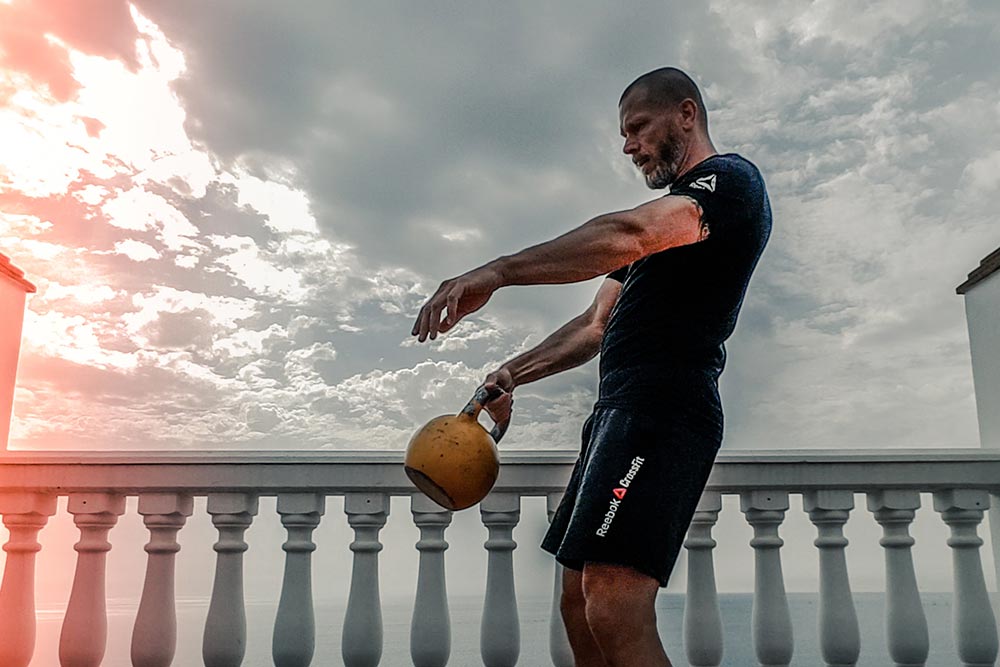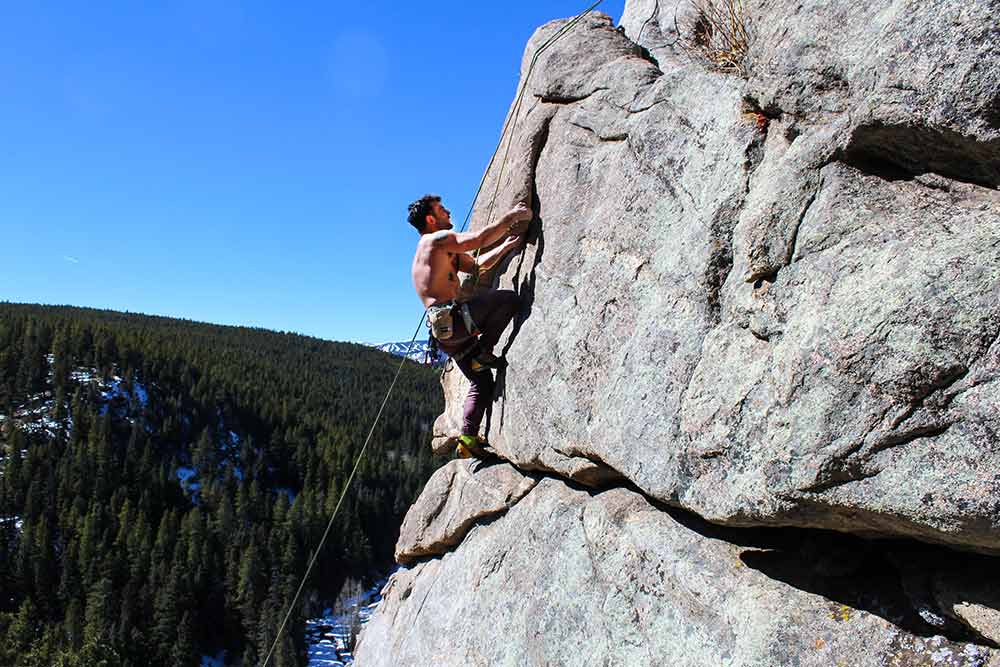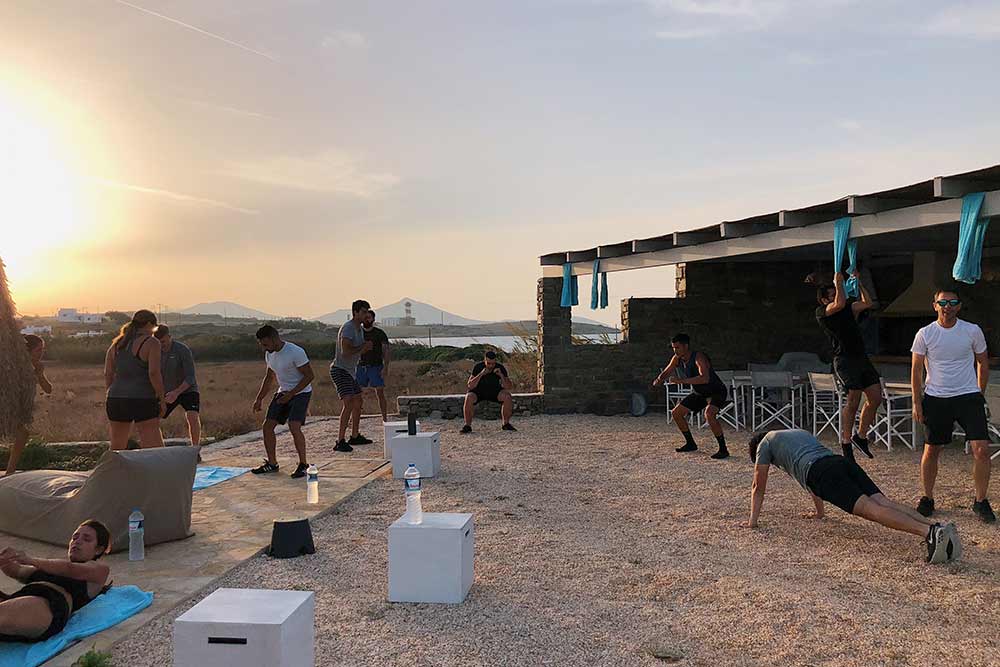Muscle Growth and Loss

Dayton Kelly
Muscle growth may not be entirely lost following detraining: a paradigm shift in thinking
This article was adapted from a combination of speeches given at the European Sports Science Conference 2018, most notably Kristian Gundersen (UNIVERSITY OF OSLO, NORWAY).
It has been long accepted that resistance training offers transient improvements in muscle size and strength that are maintained only so long as training persists. That is, if you don’t use it, you lose it. This theory is a rather frustrating one. If you were to complete 6 weeks of resistance training, supporting theorists would suggest that a subsequent period of 6 weeks of no training would be sufficient to entirely lose all increases in muscular strength and size accrued from your hard work. However, this may not be the case…
Related Article: Improve Muscle Function: Osteocalcin
Explaining adaptations by mechanisms of muscle growth and loss.
This “use-it-or-lose-it” theory was supported upon an agreed-upon mechanism of muscle growth and loss. Muscle growth was thought to occur via the incorporation of satellite  cells (muscle stem cells) into existing damaged muscle cells. As these satellite cells contain cellular control machinery (nuclei), their incorporation into muscle cells increases the number of these nuclei within the cell. Because muscle cells are very large, their potential for continued growth is thought to be limited by the number of nuclei within the cell to regulate the increased cell volume. Thus, the addition of these satellites cells in response to exercise training allows for greater muscle protein synthesis and increased muscle size. Through this mechanism, muscles were, and are continued to be, thought to grow.
cells (muscle stem cells) into existing damaged muscle cells. As these satellite cells contain cellular control machinery (nuclei), their incorporation into muscle cells increases the number of these nuclei within the cell. Because muscle cells are very large, their potential for continued growth is thought to be limited by the number of nuclei within the cell to regulate the increased cell volume. Thus, the addition of these satellites cells in response to exercise training allows for greater muscle protein synthesis and increased muscle size. Through this mechanism, muscles were, and are continued to be, thought to grow.
Whenever training is halted, muscle strength and size declines. This was thought to be caused by the gradual loss of these nuclei in muscle cells and the accompanying loss of muscle proteins. Thus, after sufficient time, the muscle returned to its initial state as though training had never occurred. However, this model of muscle loss has come under criticism by Kristian Gundersen and his laboratory.
May some benefits of exercise be preserved?
In a recent investigation that employed methodology with improved capacity to detect muscle nuclei, mice that experienced a period of muscle growth by testosterone supplementation followed by a period of muscle loss when testosterone supplementation was discontinued. The mice had a significant reduction in the size of muscle fibers, but a preservation of the number of muscle cell nuclei. This finding was repeated in a series of investigations which stimulated muscle growth using exercise demonstrating this effect is not unique to testosterone supplementation. Importantly, the preservation of nuclei number in muscle cells following training and detraining deviates from the agreed-upon mechanism of muscle loss the suggests the muscle should return to its baseline state. This bears the question of what function these nuclei may perform.
Related Article: Exercise Motivation to Prevent Age-Related Body Changes
Can preserved nuclei speed subsequent retraining?
 After determining a preserved nuclei in muscle cells following detraining, Gundersen became interested in whether this preservation could speed retraining. Using female mice, they trained mice two groups of mice: one for 7 weeks of training followed by 7 weeks of detraining before 7 weeks of retraining and the other for only 7 weeks of training. It was discovered that mice in the first condition increased their muscle nuclei content and preserved this content during detraining. Further, they achieved faster increases in muscle size during the retraining period than both their first training period and the mice in the single 7-week training condition. This finding was replicated in humans where faster increases in muscle cross-sectional area occurred in trained and then detrained individuals during a subsequent retraining than in their initial training period.
After determining a preserved nuclei in muscle cells following detraining, Gundersen became interested in whether this preservation could speed retraining. Using female mice, they trained mice two groups of mice: one for 7 weeks of training followed by 7 weeks of detraining before 7 weeks of retraining and the other for only 7 weeks of training. It was discovered that mice in the first condition increased their muscle nuclei content and preserved this content during detraining. Further, they achieved faster increases in muscle size during the retraining period than both their first training period and the mice in the single 7-week training condition. This finding was replicated in humans where faster increases in muscle cross-sectional area occurred in trained and then detrained individuals during a subsequent retraining than in their initial training period.
Take Home Message
While this change in the model of muscle growth and loss is novel and will require further validation, it has important implications for training. First, it suggests that the training we do is not lost following periods of inactivity. Instead, it produces a state in which we can return to our previous capacity at a faster rate. Second, it demonstrates the importance of strength training in adolescence and adult years when the body is more receptive to exercise training. While it remains to be tested, individuals who strength train during youth may recover strength after periods of inactivity (such as bed rest from sickness) in older adulthood at a faster rate than individuals who were sedentary in youth because of a greater number of muscle nuclei that speed retraining. Further, this change in the model of muscle growth and loss may change current training periodization paradigms in attempts to maximize nuclei content of muscles in athletes to speed recovery from injury. Given its ranging implications, these findings represent an exciting step forward in the world of sports science.
Resources:
Bruusgaard, J. C., Johansen, I. B., Egner, I. M., Rana, Z. A., & Gundersen, K. (2010). Myonuclei acquired by overload exercise precede hypertrophy and are not lost on detraining. Proceedings of the National Academy of Sciences, 107(34), 15111-15116.
Bruusgaard, J. C., & Gundersen, K. (2008). In vivo time-lapse microscopy reveals no loss of murine myonuclei during weeks of muscle atrophy. The Journal of clinical investigation, 118(4), 1450-1457.
Staron, R. S., Leonardi, M. J., Karapondo, D. L., Malicky, E. S., Falkel, J. E., Hagerman, F. C., & Hikida, R. S. (1991). Strength and skeletal muscle adaptations in heavy-resistance-trained women after detraining and retraining. Journal of Applied Physiology, 70(2), 631-640.
Taaffe, D. R., & Marcus, R. (1997). Dynamic muscle strength alterations to detraining and retraining in elderly men. Clinical Physiology, 17(3), 311-324.
You Might Like:
















